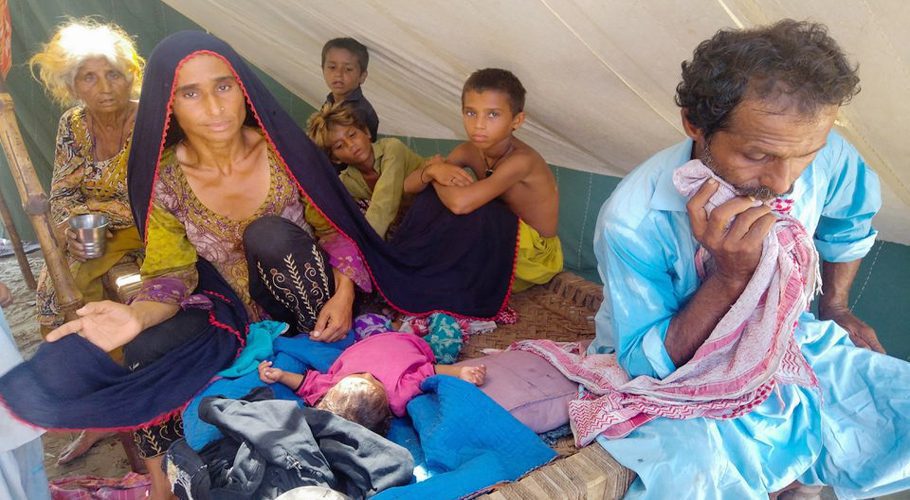ISLAMABAD: United Nation in its latest assessment has said Pakistan’s flood crisis could become a food crisis as floodwater levels started to recede in majority of the flood-hit districts.
The record flooding from heavy rainfall since mid-June has killed more than 1,600 people, left about a million homes destroyed or damaged, and affected tens of millions of Pakistanis. The United Nations issued a formal appeal for $160 million in emergency funding for Pakistan.
With crops, livestock, and agricultural land damaged or destroyed, Pakistan will struggle to feed itself and the countries that depend on its food exports. These risks exacerbating the global food market crunch triggered by coronavirus pandemic supply chain shocks and Russia’s invasion of Ukraine.
Additionally, the prevalence of waterborne and vector-borne diseases is on the rise, which is a serious issue, particularly in Sindh, Balochistan, and Khyber Pakhtunkhwa, which are the most affected regions.
In a report released on Saturday, the UN’s Office for the Coordination of Humanitarian Affairs (OCHA) stated that most Balochistan areas had returned to normalcy and that temperatures had begun to drop. While the Indus River is flowing properly at the Guddu, Sukkur, and Kotri barrages, overall water levels are decreasing in the upper parts of Taluka Qubo Saeed Khan, Shahdadkot, Qambar, Warah, and Nasirabad.
It is anticipated that the severe floods will make the food shortage worse. In 28 vulnerable districts in Balochistan, KP, and Sindh, an Integrated Food Security Phase Classification (IPC) analysis conducted before the floods estimated that 5.96 million people lived in IPC phases 3 (crisis) and 4 (emergency) in the assessed districts between July and November; this number is anticipated to rise to 7.2 million from December to March 2023.
IPC is a collection of analytical methods and instruments used to evaluate and categories the seriousness of a situation involving food security in accordance with accepted international standards.
Large portions of Sindh are still under water and getting around these regions is very difficult.
Numerous individuals reside in filthy temporary shelters with little access to essential services, increasing the likelihood of a serious public health emergency. Pregnant women are treated in temporary camps where possible, and OCHA estimates that approximately 130,000 of them require urgent medical attention. Pakistan already had one of the highest rates of maternal death in Asia before to the floods, and things are only going to get worse.
According to the government-led multisector rapid needs assessments (RNA) carried out in the three provinces in September, open defecation has increased from 21 percent before the floods to 35 percent afterward in the assessed areas, indicating that unsanitary practices are on the rise as a result of damaged water infrastructure.
Moreover, another concerning issue in communities affected by flooding is malnutrition. Prior to the floods, Balochistan, KP, Punjab, and Sindh had high rates of global acute malnutrition (GAM); 96 percent of children under 2 did not consume a diet that met minimum standards, and at least 40 percent of children under 5 had chronic malnutrition (stunted).


































